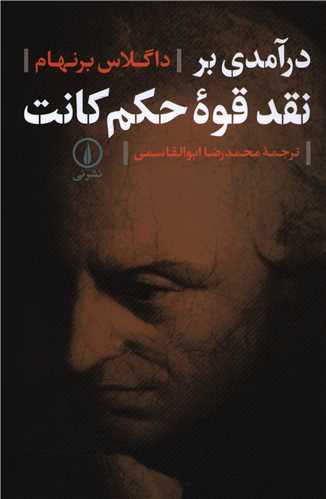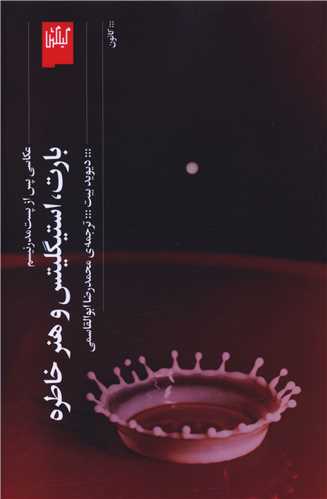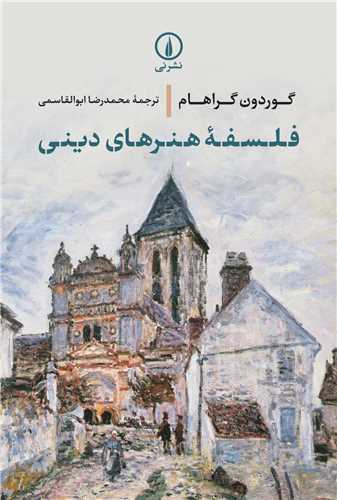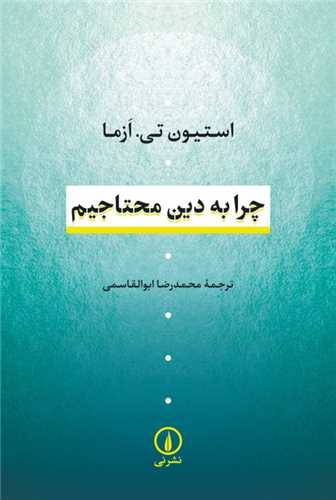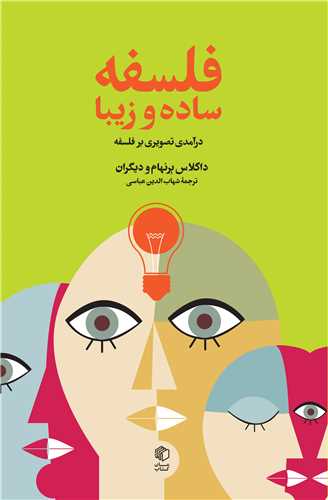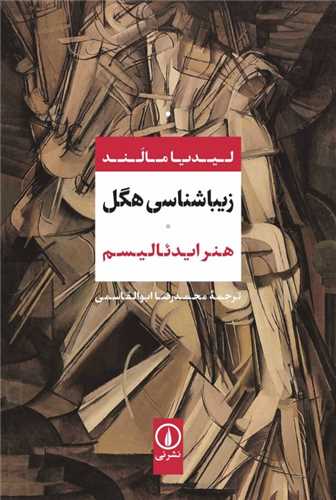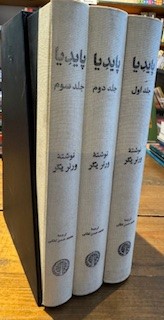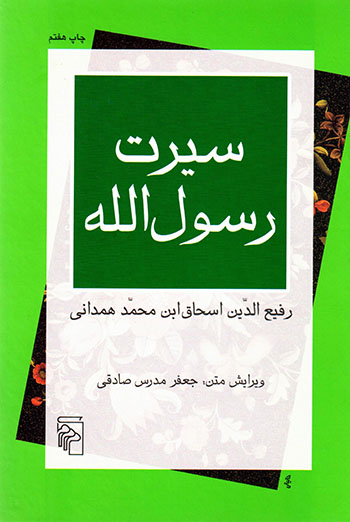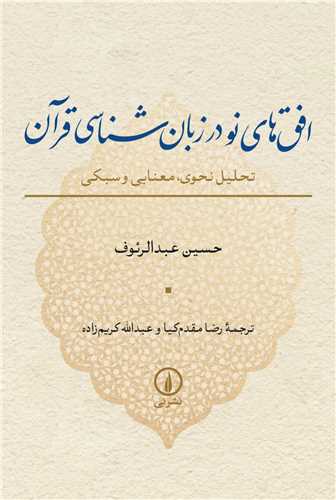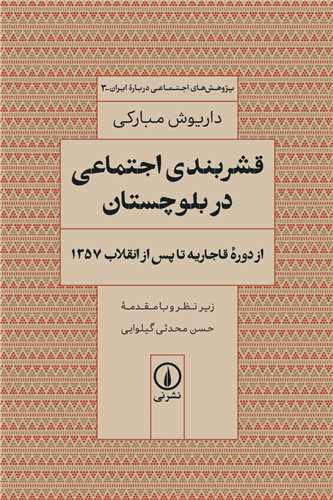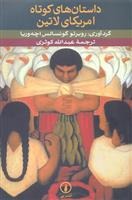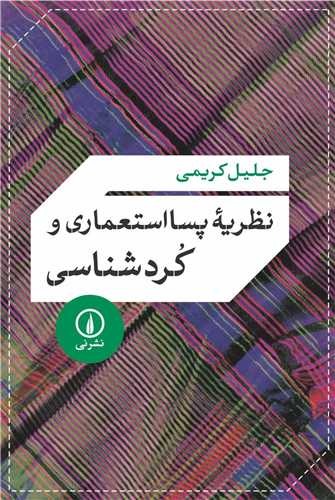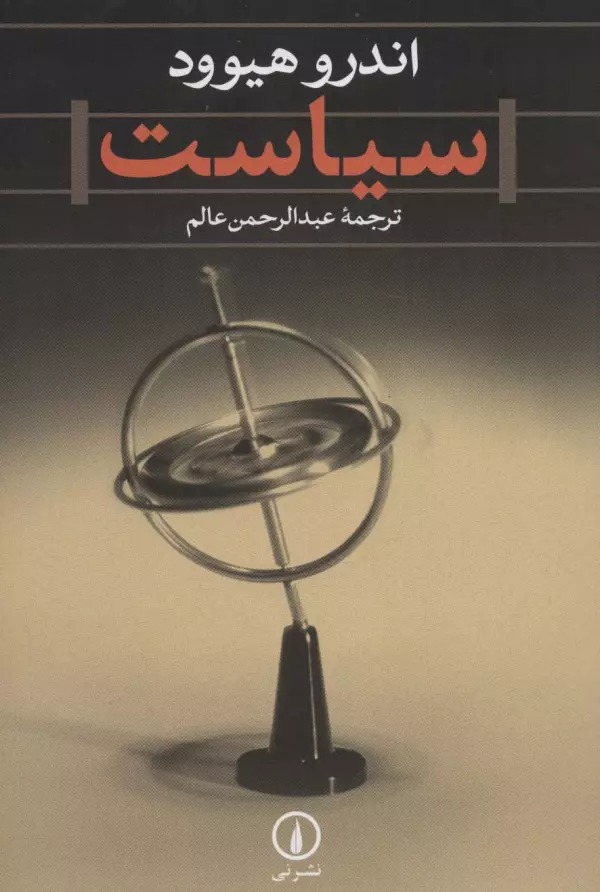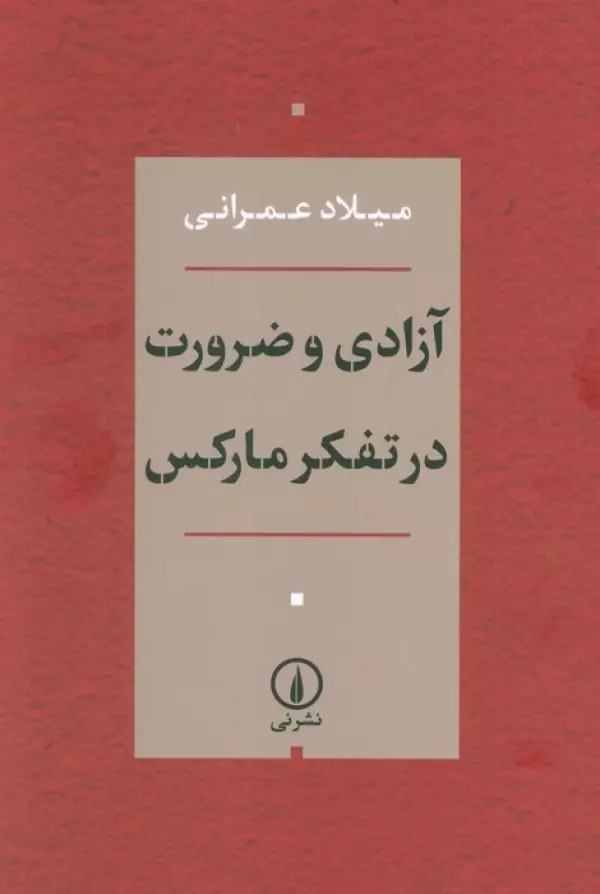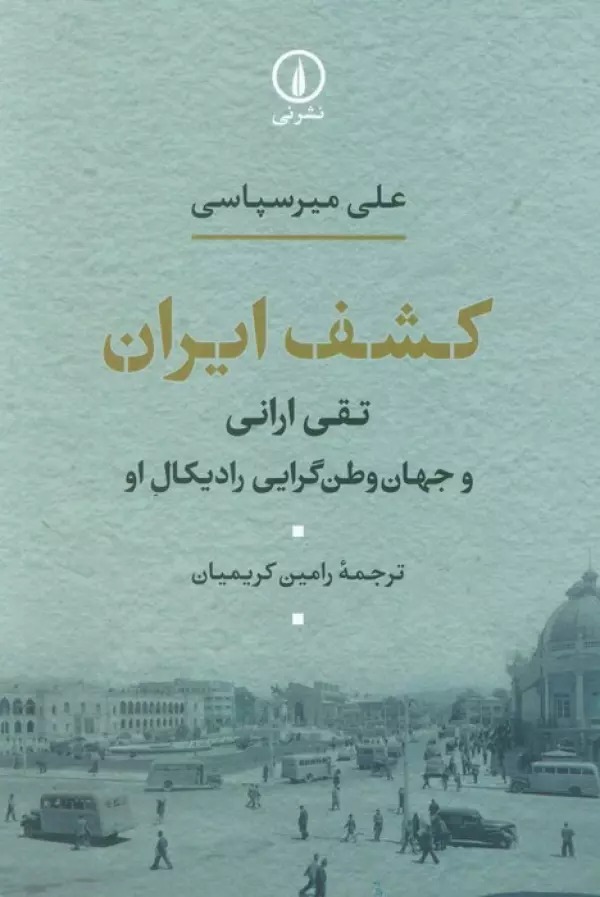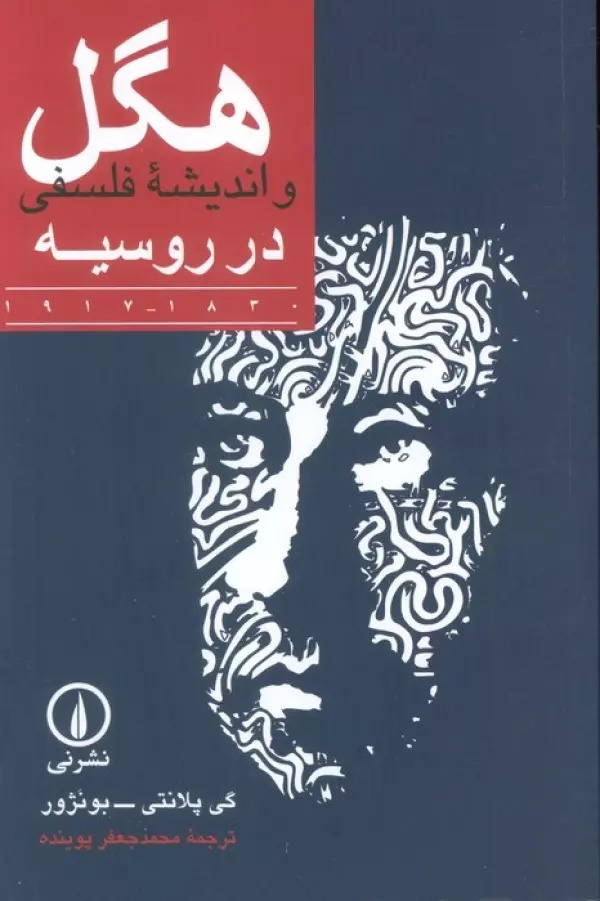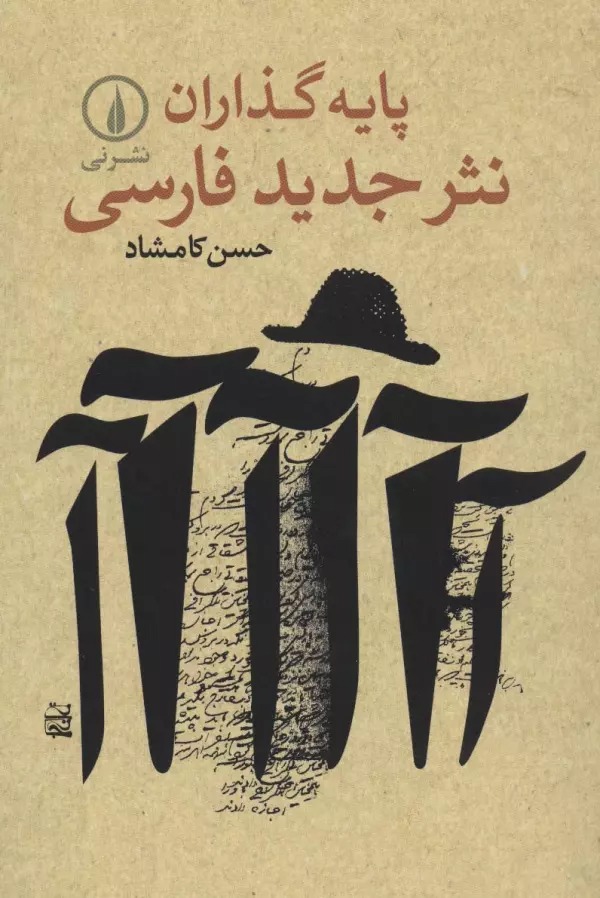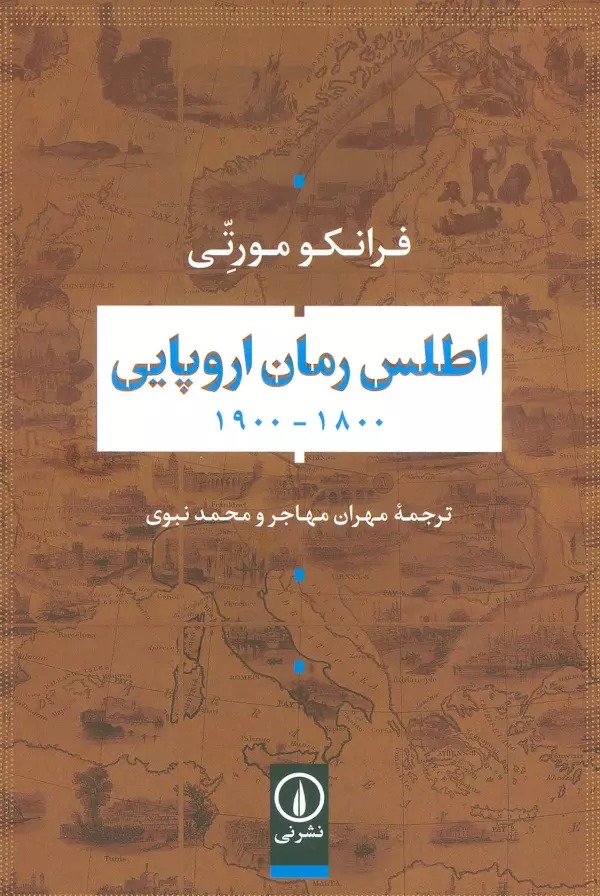Dar'āmadī bar Naqd-i Quvvah-yi Ḥukm-i Kānt: Persian 1400
درآمدی بر نقد قوه حکم کانت
17.03 $
Share
Wishlist
Original Title:
An Introduction to Kant's Critique of Judgement
ISBN:
9786220602392
Translator:
Muḥamad-Riz̤ā Abu al-Qāsimī
Publisher:
Nashr-i niy
Age Group:
Adult
Pages:
294
Weight:
340 g
Dimensions:
14 x 21 x 2.7 cm
Book Cover:
Paperback
Kant’s third Critique, the Critique of Judgement, is regarded as one of the most influential books in the history of aesthetics. This book is designed as a reader’s guide for students trying to work their way, step-by-step, through Kant’s text. It is also a guide to the text-in-context in that it sets Kant’s concepts, language, and aims in the context of Kant’s philosophy in general and the late eighteenth century. This is one of the first comprehensive introductions to Kant's Critique of Judgement. Not only does it include a detailed and full account of Kant's aesthetic theory (the beautiful, the sublime, genius, and fine art), but it also incorporates an extended discussion of the 'Critique of Teleological Judgement', a treatment of Kant's overall conception of the text and its place in the wider critical system. Designed as an introduction, suitable for undergraduate and first-year postgraduate use, the book assumes no prior knowledge of Kant or any other particular philosophy. As such, it could be used as an introduction to Kant in general from the point of view of the third Critique. Moreover, it stays with the historical Kant, avoiding 'updating' arguments that sound more like recent theories and including sections of the text that are sometimes neglected. In these ways, the book will be useful as a starting point for understanding Kant's relationship to the eighteenth century and his legacy throughout the nineteenth and twentieth centuries.
more
غالباً میگویند ایمانوئل کانت بزرگترین فیلسوف از زمان یونان باستان است. مسلماً [فلسفهی] او طی دویست سال گذشته سلطهای تاموتمام داشته است، بدینمعنا که تأثیرش همهجا دیده میشود، هرچند امروزه اندکاند فیلسوفانی که بهمعنای اخص کانتی شمرده شوند. بهعلاوه، این تأثیر بر حوزههای مختلف فلسفه از جمله معرفتشناسی، متافیزیک، فلسفهی علم، زیباشناسی، اخلاق، سیاست، دین و تاریخ سایه افکنده است. نقد قوهی حکم، که نزدیک اواخر قرن هجدهم و در میانهی دههی ششم حیات کانت نوشته شده، بهطرقی مهم و مدون به همهی این موضوعات میپردازد. با این همه، این کتاب تا همین اواخر نادیده گرفته میشد و حتی در این روزگار نیز که تا حدودی در کانون توجه قرار گرفته غالباً بهشکل گزینشی خوانده و تدریس میشود.
این کتاب مقدمهای است بر نقد قوهی حکم، اما برای خوانندگانی نوشته شده که با فلسفه و تاریخ اندیشهها کمابیش آشنایند. هدف همانا شرح کلیت نقد قوهی حکم است، البته شرحی که نه تقلیلگرایانه است و نه باب روز و این اثر را، همانگونه که هست، در بستر کلیت فلسفهی کانت جای میدهد.
more

